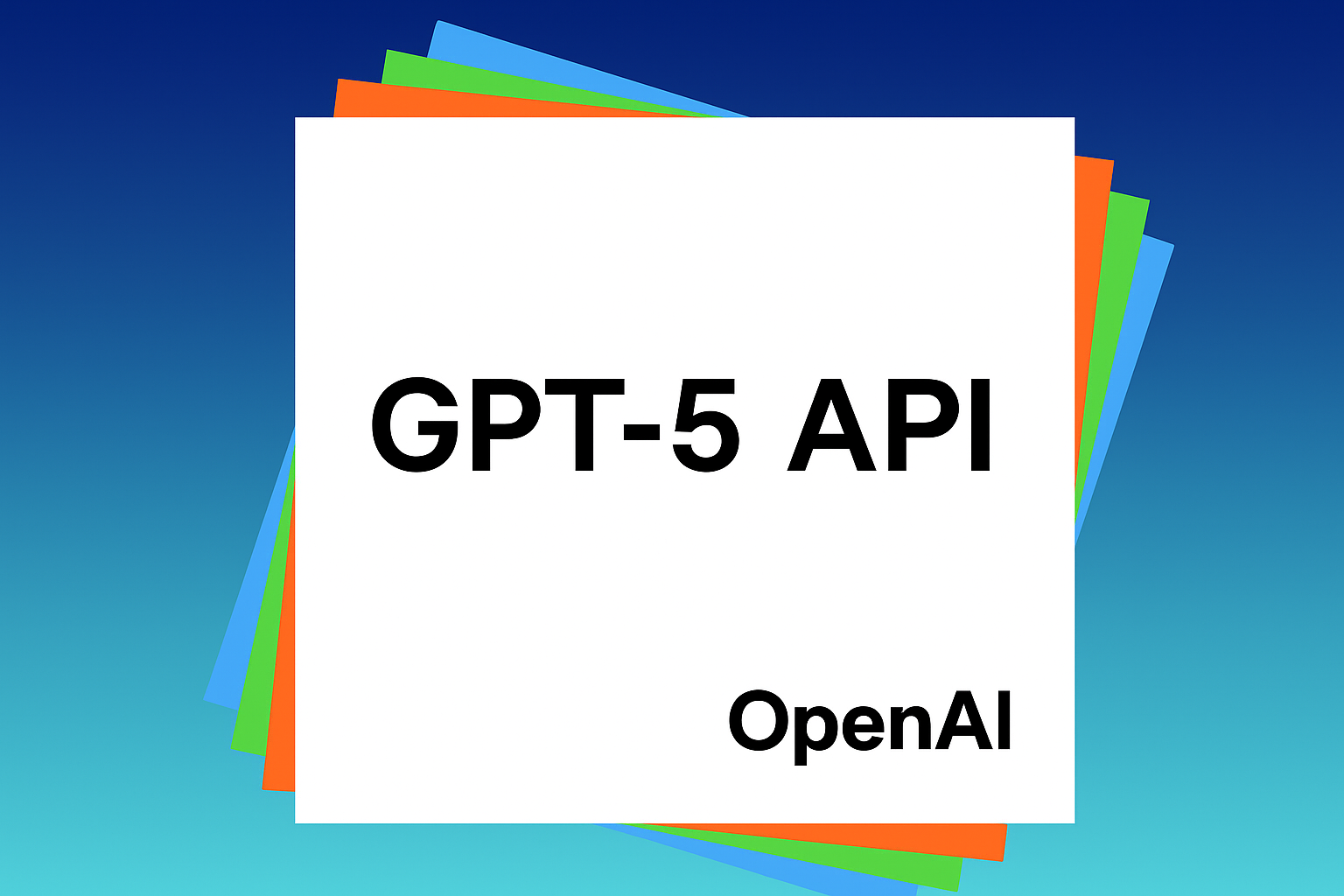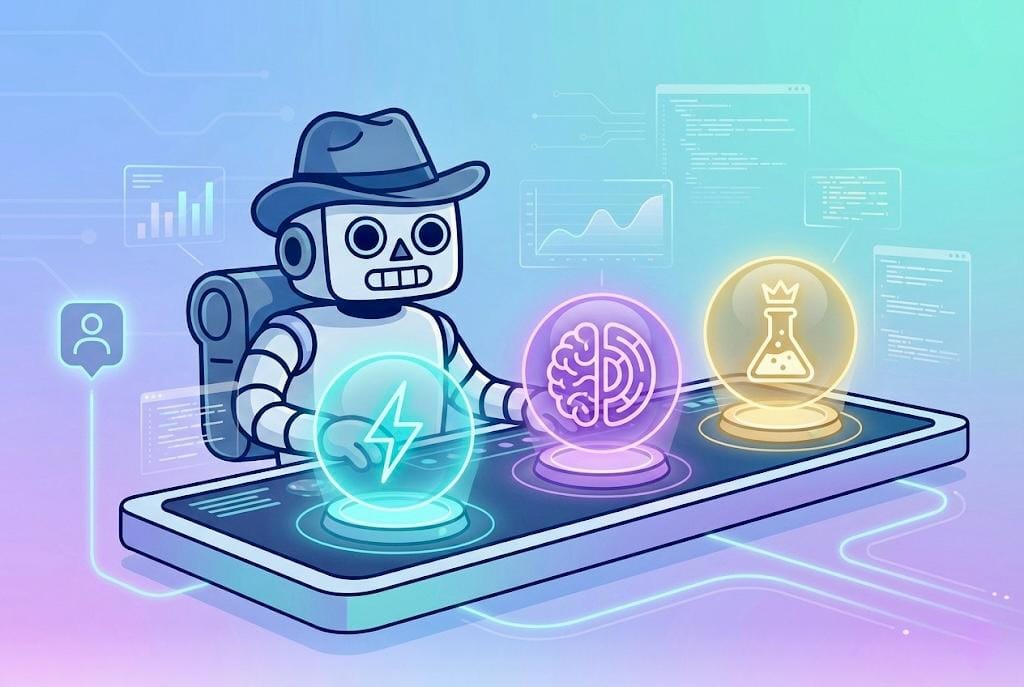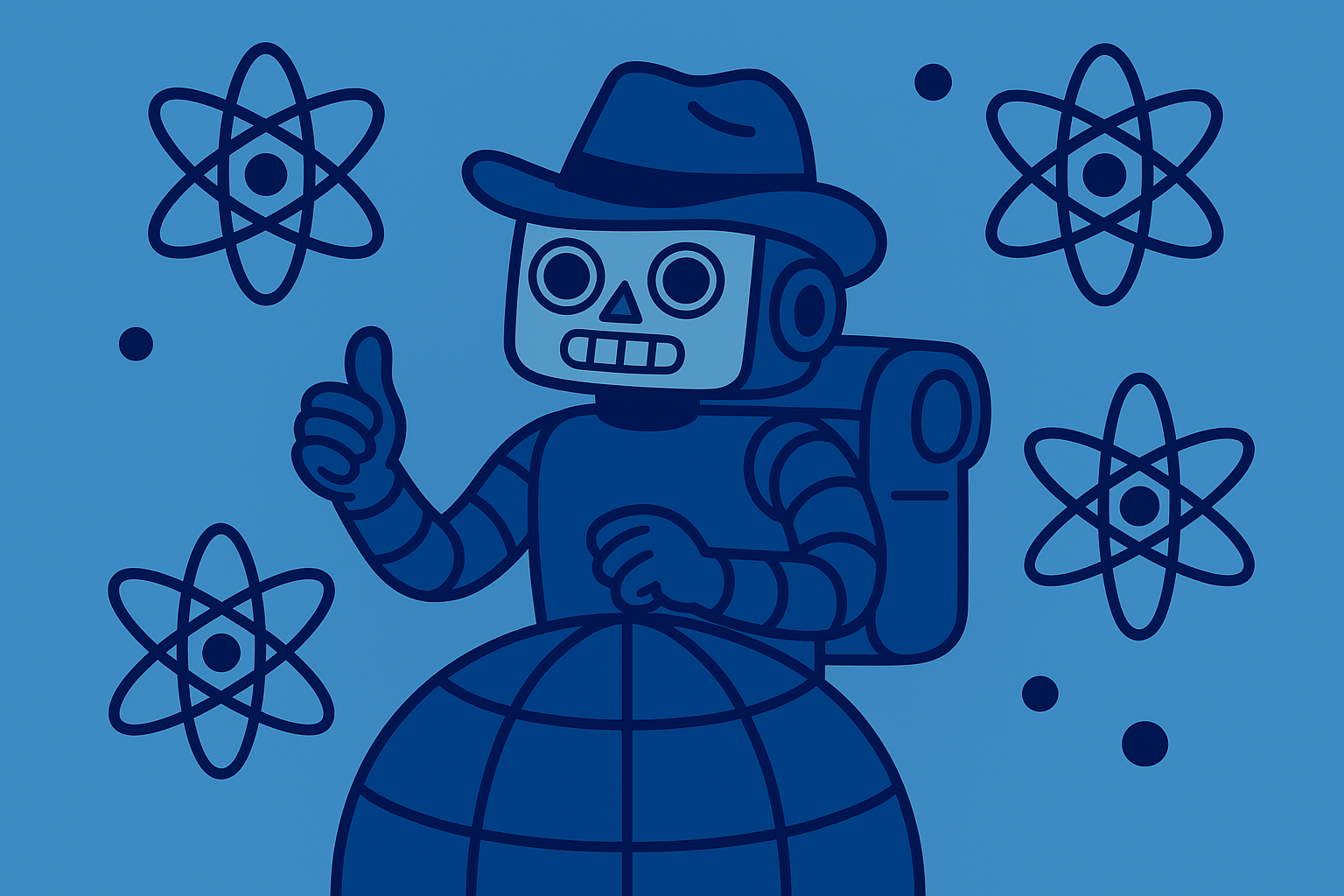GPT-5 API Features

GPT-5 achieves 74.9% on real-world coding benchmarks while using 22% fewer tokens. A glimpse of AI efficiency meeting power. The company consolidated reasoning, speed, and multimodal capabilities into one unified system that fundamentally changes how developers interact with AI.
For the first time, we have a unified model with granular developer controls, reasoning depth, verbosity settings, and a massive 400K token context window. This is about putting that power precisely where you need it.
Reasoning Effort Control: Throttling Intelligence
The new `reasoning_effort` parameter transforms how developers balance speed and intelligence. With four distinct settings, minimal, low, medium, and high, you can dial in exactly how much computational thinking your application requires.
The trade-off is elegant: minimal effort delivers lightning-fast responses for simple queries, while high effort engages deep chain-of-thought reasoning for complex problems. Real-world impact? The CharXiv benchmark shows dramatic performance gains under high effort settings, while simple retrieval tasks see virtually no difference between effort levels.
This means you're no longer paying for a sledgehammer when you need a scalpel. Need to quickly fetch a fact? Use minimal effort. Analyzing complex visual data or solving multi-step problems? Crank it up to high. The flexibility fundamentally changes how we think about API costs and response times.
Verbosity Parameter: Controlling Response Length
Gone are the days of prompt engineering gymnastics to get the right response length. The new `verbosity` parameter offers three clear settings: low, medium, and high.
Low verbosity produces terse, efficient responses, perfect for code snippets or quick answers.
High verbosity yields richly annotated explanations with detailed context. The beauty lies in the override mechanism: while user prompts requesting specific formats still take priority, the verbosity setting provides a reliable baseline.
In practice, this translates to cleaner code generation at low settings and comprehensive tutorials at high settings. Developers report that low verbosity cuts token usage by up to 60% for simple tasks while maintaining accuracy.
Model Variants: Balancing Cost and Performance
OpenAI's three-tier approach, gpt-5, gpt-5-mini, and gpt-5-nano, creates a pricing ladder that makes sense for different use cases.
The pricing scales dramatically:
- gpt-5 (full): $1.25 per 1K input tokens
- gpt-5-mini: $0.25 per 1K input tokens
- gpt-5-nano: $0.05 per 1K input tokens
All variants support the full feature set, including reasoning controls, verbosity settings, and tool integration. The smaller models are optimized for different performance-cost ratios. Early adopters report that gpt-5-nano handles 80% of typical queries with minimal quality loss, making it ideal for high-volume applications.
Extended Context Window: 400,000 Tokens of Memory
The numbers are staggering 272,000 input tokens plus 128,000 output tokens. That's over 5× larger than GPT-4 Turbo's context window, enabling analysis of entire books, codebases, or multi-hour conversations in a single request.
Practical applications transform overnight. Legal teams can analyze complete case files. Developers can review entire repositories. Researchers can process full academic papers with citations intact. The extended context window means maintaining coherence across vastly complex inputs.
Enterprise data analysis particularly benefits. One financial services firm reported analyzing quarterly reports across multiple subsidiaries in a single query, something previously requiring elaborate chunking strategies.
Multimodal Processing: Beyond Text
GPT-5's vision capabilities represent a quantum leap. The model achieves 91% accuracy in correcting false assumptions about images, compared to just 13% for GPT-4-era models.
The model excels across visual, spatial, and scientific reasoning benchmarks. More importantly, it dramatically reduces hallucinations when interpreting images, PDFs, or complex diagrams. Developers working with technical documentation report that GPT-5 correctly identifies and explains charts, graphs, and technical drawings with unprecedented accuracy.
While the initial API release focuses on text I/O, the underlying multimodal improvements already enhance performance in vision-related tasks through better understanding and reasoning.
Tool Integration & Agentic Workflows
Perhaps the most transformative feature is GPT-5's approach to external tools. Instead of rigid JSON schemas, the model can now send raw text, code, SQL queries, or natural commands directly to tools.
The model outputs transparent "preamble" messages explaining its plan before acting, improving debuggability and user trust. More impressively, GPT-5 can chain dozens of tool calls in sequence or parallel without losing context or getting confused.
This enables true agentic behavior. A single request might trigger database queries, API calls, file manipulations, and data transformations, all orchestrated by the model's understanding of the task at hand. Beta users report building complex automation workflows that previously required extensive custom code.
For production deployments, tools like PromptLayer provide essential observability into these complex workflows, letting teams monitor, debug, and optimize their GPT-5 tool chains with full visibility into model decisions and performance metrics
Where Intelligence Meets Practicality
GPT-5 API unifies speed, depth, and control in ways that fundamentally change how developers approach AI integration. The ability to fine-tune intelligence per request through reasoning effort and verbosity controls means you're never overpaying for simple tasks or underpowered for complex ones.
With 80% fewer factual errors, seamless enterprise integrations through Azure and GitHub Copilot, and cost-flexible sizing options, GPT-5 represents a major leap in practical AI tooling for 2025. Outputs still require validation, and edge cases exist, but it's the closest we've come to a truly versatile AI assistant.
The future of development isn't about choosing between speed and intelligence. With GPT-5, you can have both, exactly when and where you need them.



